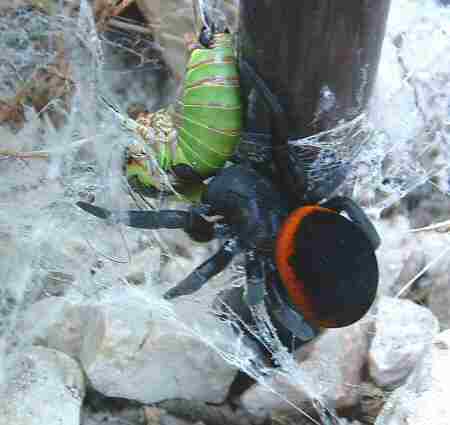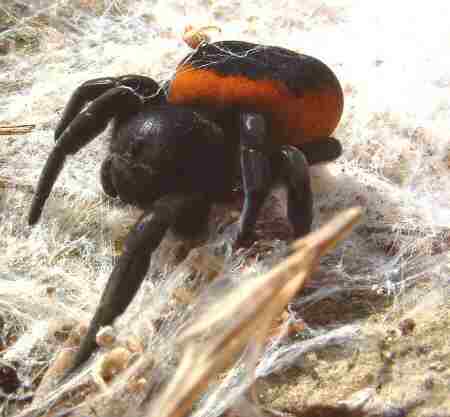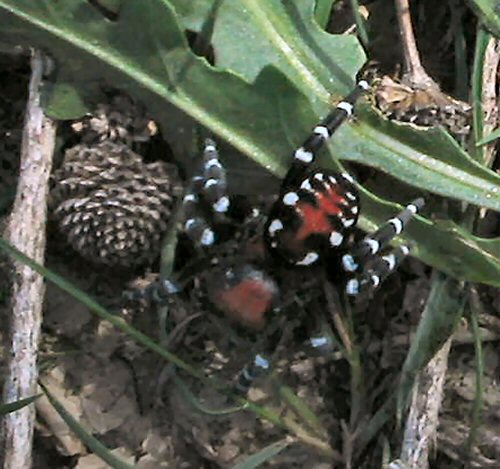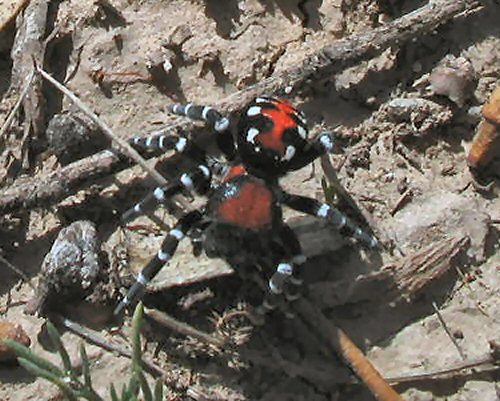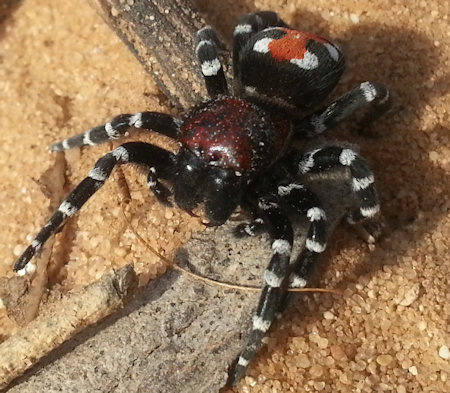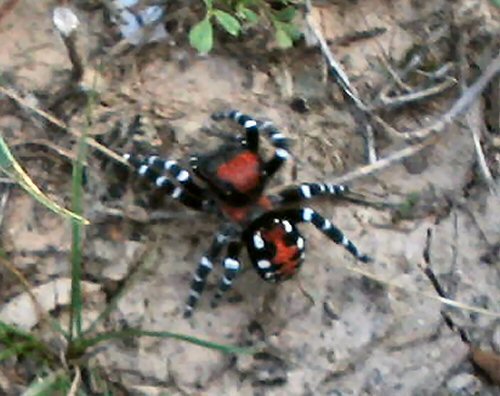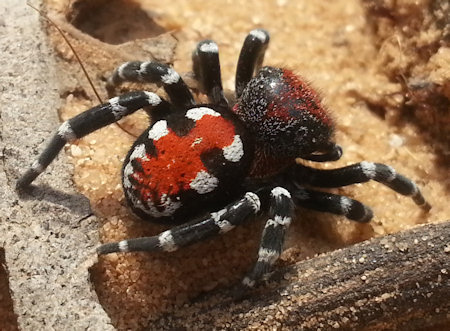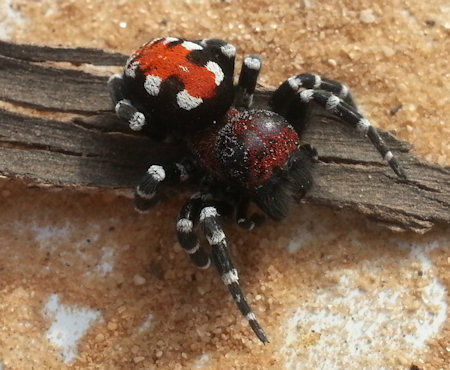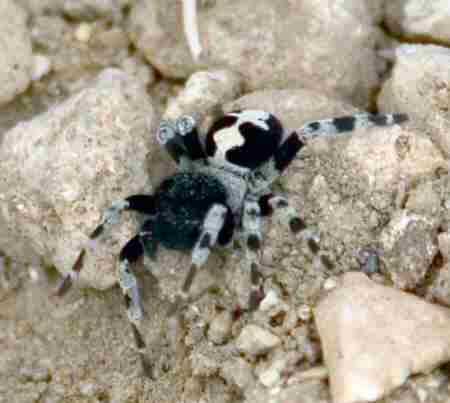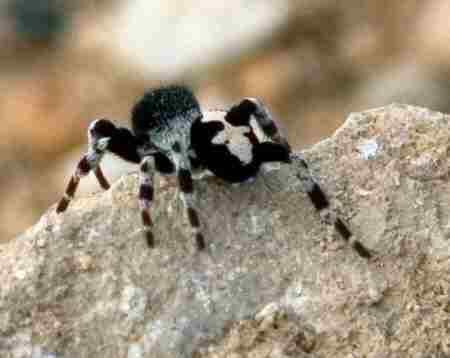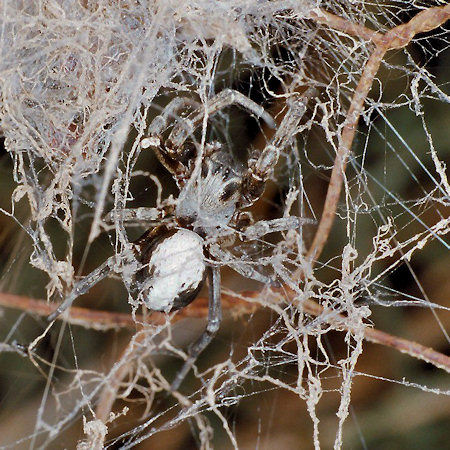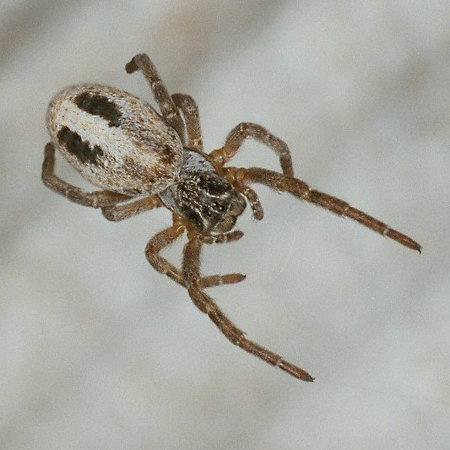Genus Eresus
Only two species of this family are found in NW-Europe. The name 'lady bird' spider relates to the beautiful coloured adult male.
Formerly Eresus cinnaberinus was known under the name Eresus niger. Eresus sandaliatus is a similar looking spider and is found in the Northern parts of Europe. The third and fourth pair of legs is not coloured red but are similar to the first and second pairs, black with white rings.
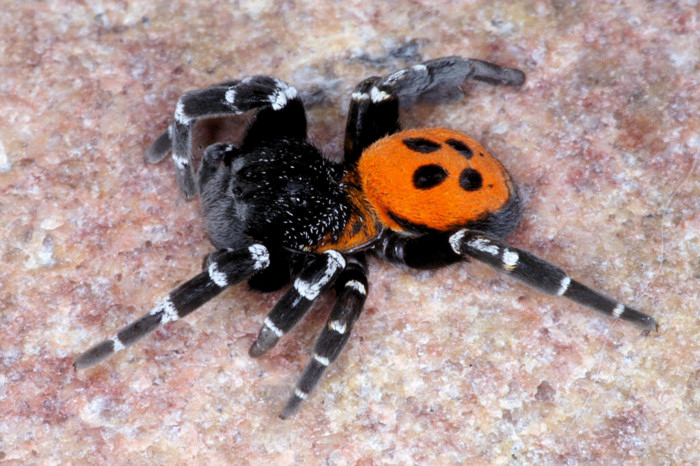
The female measures 15 - 20 mm and the male around 10 mm. The spider makes a tube of silk in the ground and with a roof of cribellate silk on the ground. The female and the not adult males are coloured black and velvet.
The male spider gets coloured at his last change of skin.
The male becomes adult in the autumn or in spring.
Then he leaves its home and starts wandering looking for a female. Females can become four years old and never leaves
her tube.
The spider makes one cocoon with eggs. At daytime they bring out their cocoon and let it warm in the sun. At night the cocoon is return in the hiding. The young spiders stay in the housing tube during the winter and stay with their mother for quite a long time. During this time they may change skin for six times. In spring the mother dies and is consumed by the young spiders.
This spider is very rare and protected in some countries.
Their habitat is often found on south-faced, sheltered, heathery slopes.
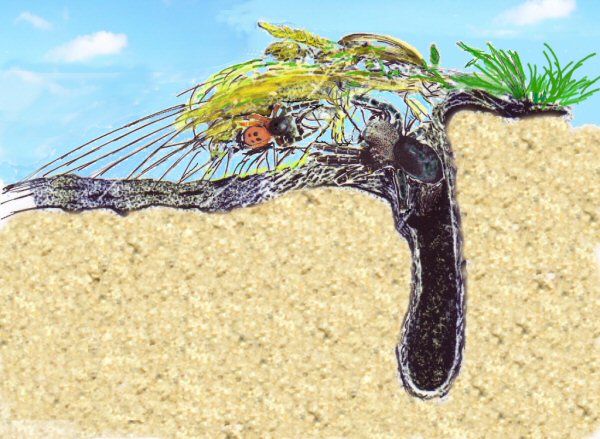
Adapted drawing from I. Hughes uit "The Ladybird spider rearing project", Int. Zoo Yb. 1998
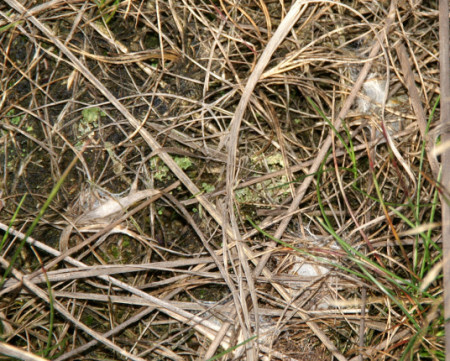
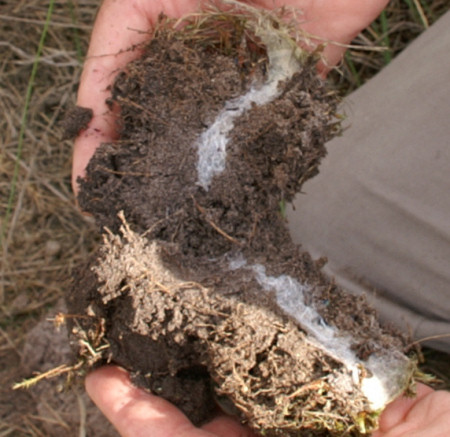
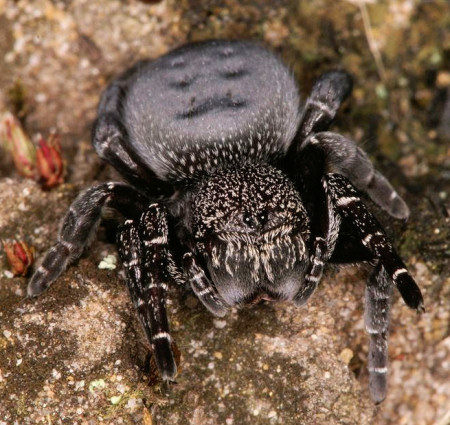
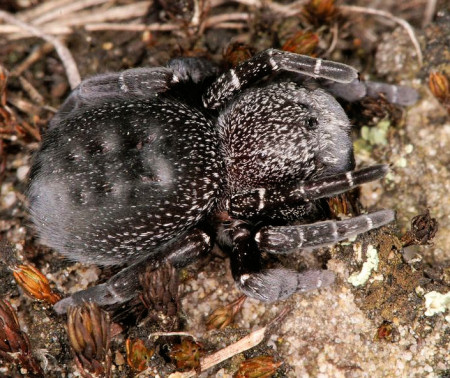
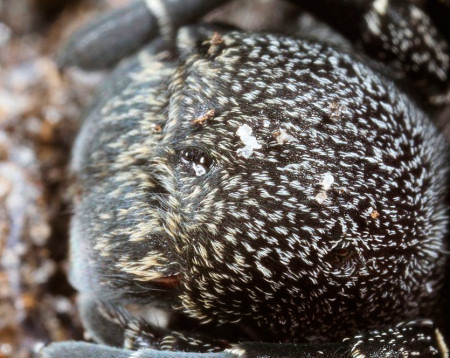
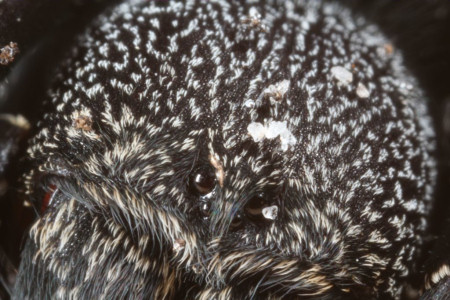
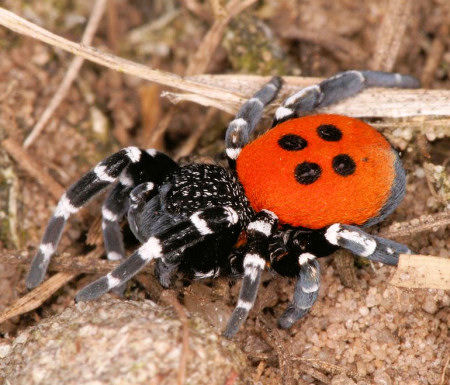
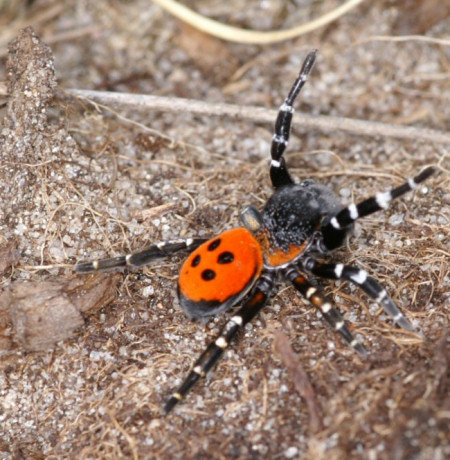
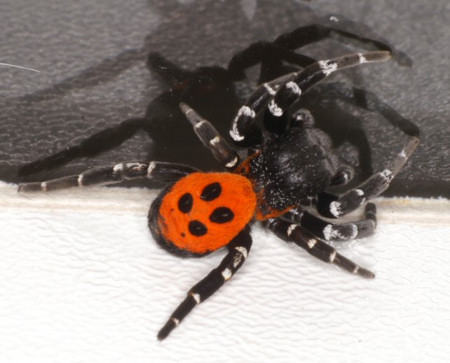
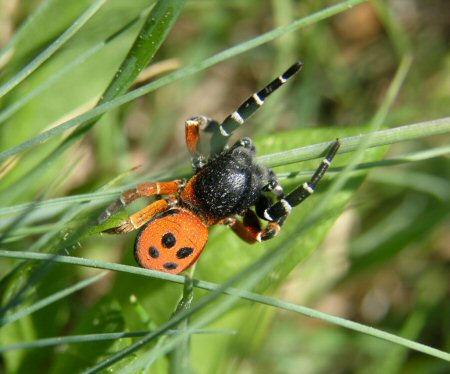
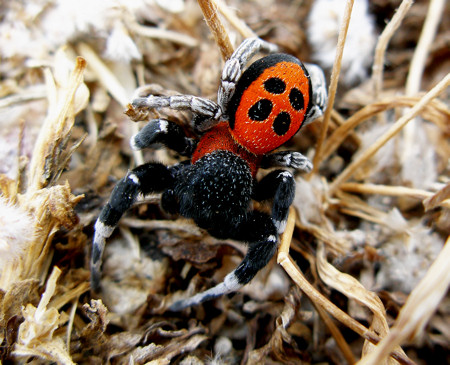
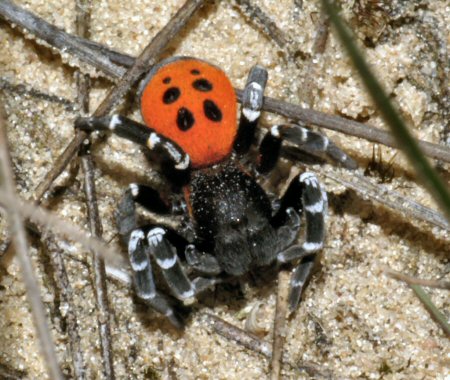
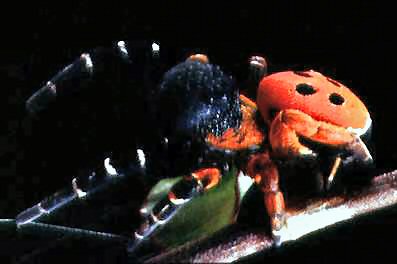
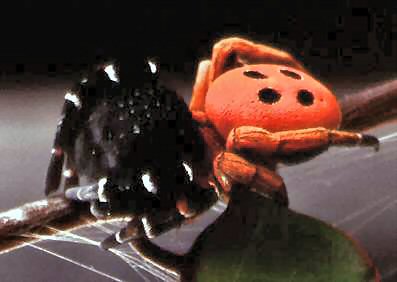
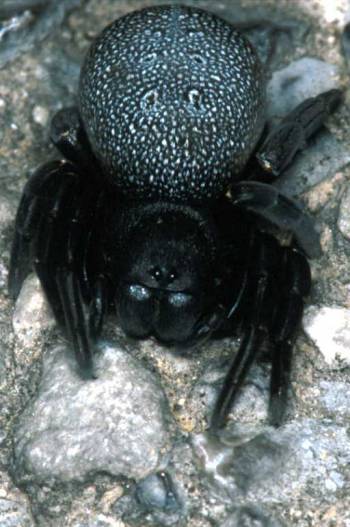
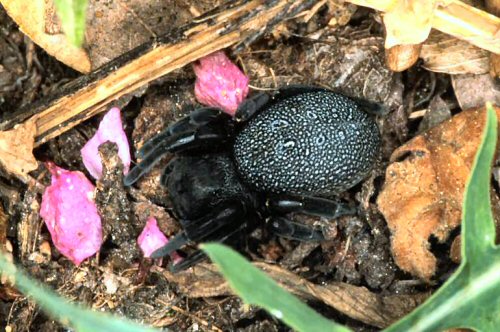
This female was found near Mistras in the Peloponnesus in Greece. The females size is about 40 mm while the male is much smaller with its size between 8 -11 mm.
